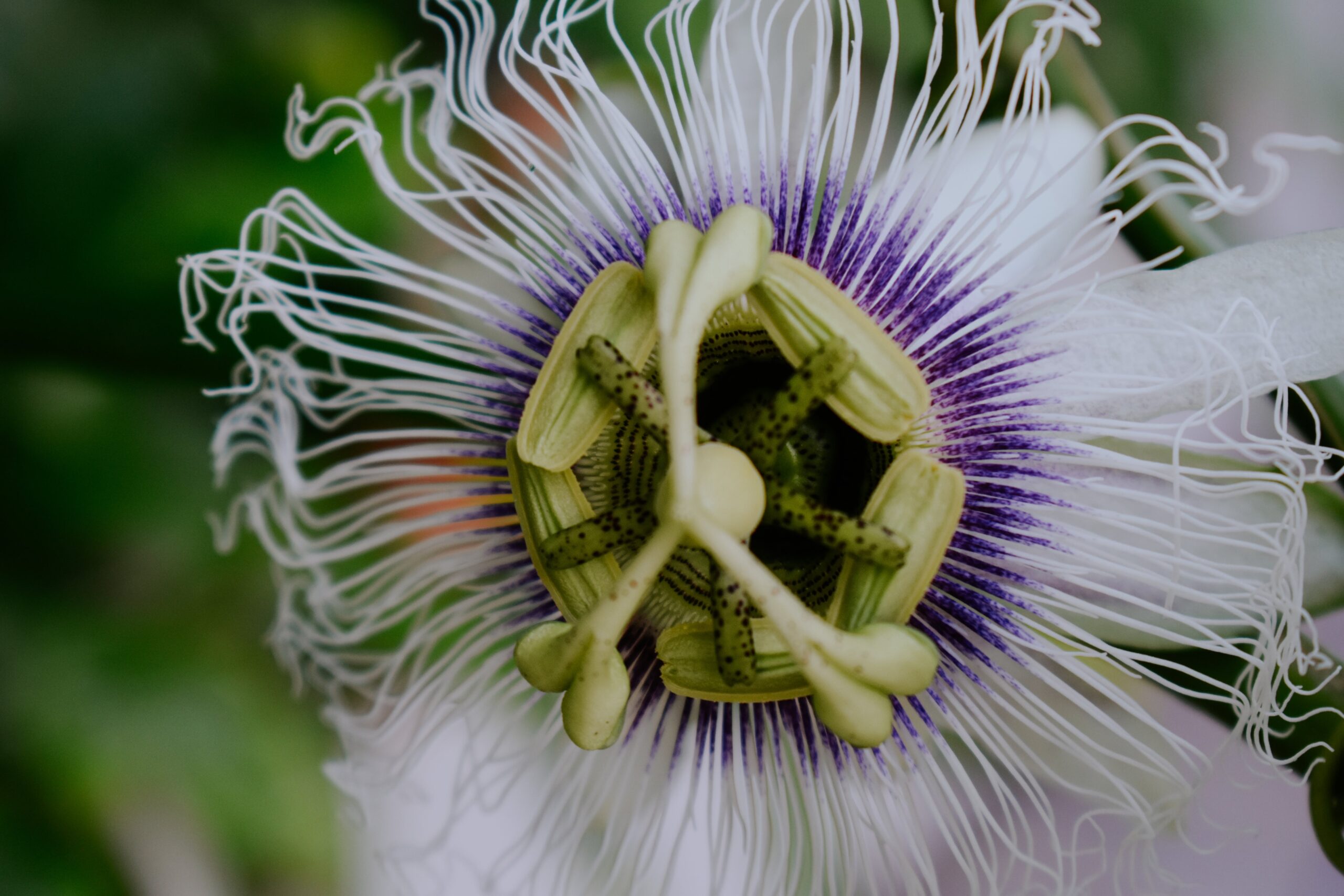
4 ways our sleep environment can affect how well we sleep
and a few simple solutions for positive change
We shouldn't have to be a botanist (or a neuroscientist) to discover simple, natural, and effective ways to minimise the lifestyle stressors we face—whether that's stress, anxiety, lack of energy, or what can often feel like an uphill battle with sleep.
In this article, we’ll unpack some of the research behind the relationship between environment and sleep, and review the small changes we can make to improve our overall sleeping health.
4 ways our environment can impact our sleep (for better or for worse)
"Sleep health" is a term that includes the duration, quality, and timing of our sleep with a focus on the areas that may be most influenced by particular environmental factors. Having good sleep health is defined as achieving an adequate length and acceptable quality of sleep, as well as being properly timed, so we experience minimal daytime sleepiness as a result (1).
As you might have gathered, sleep health can encompass many different factors, and there are a great many conditions that, together, make up our sleep environment. Here are just four of the ways our sleep environment can potentially impact how well we sleep:
1. light
Normally, our sleep domain is ruled by our body’s ‘internal clock’ — also known as our circadian rhythm. You can think of circadian rhythms as a biological cycle that occurs every 24 hours, with a vast range of implications for the body, from hormone production to metabolism, the regulation of bodily functions, and sleep (2).
In order for the circadian rhythm to function properly, our brains depend on cues from our environment such as the dark-light cycle of the sky, as well as routine exercise and the ingestion of food. The part of the brain responsible for this activity is referred to as the Suprachiasmatic Nucleus (SCN). Once the SCN has established a circadian rhythm, it’s, then, our exposure to daylight each morning that inhibits production of the hormone melatonin, triggering the cycle to start all over again (3, 4).
When these cues are removed, or even just thrown slightly off balance, however, the SCN responds by initiating a biological feedback loop, instead. What this means is that some of the neurotransmitters involved in the regulation of behavioural and neurological function — including, you guessed it, sleep — can no longer function the way they’re supposed to.
Examples where this might regularly occur include:
- Working night shifts
- Exposure to blue-light from screens (TV, phone, laptop) near to bedtime
- Exposure to artificial lighting after sunset
- Sleeping with lights on / napping during the day
- Lack of sun exposure upon waking up (black out curtains, anyone?!)
Overall, getting light exposure that doesn’t mimic the natural light/dark cycle of the sky can result in a disturbance of sleep - and especially so over time. Light during the ‘biological night’ disturbs the circadian system by preventing our SCN from receiving the cues it needs, both to be triggered initially, and to be reset (5).
Some simple ways to support your circadian rhythm are to avoid light exposure after dark (opt for a candle or nightlight instead), minimise blue-light and screen exposure at least two hours before bed, and ditch the blackout curtains in favour of waking up with the sun. At the very least, the first 10 minutes of your day should begin with outdoor exposure to sunlight. You’ll be amazed how your body responds.
2. temperature
Research suggests a strong link between frequent wake-ups during the night and having elevated core body temperature during sleep, indicating that insomnia may be more directly tied to thermo-regulation than initially understood (6).
You see, during stages of deep sleep, the body naturally undergoes a decrease in core temperature, which actually helps to keep us sleeping soundly and consistently throughout the night. By sleeping in cooler conditions, your body will experience a decrease in blood pressure which allows your parasympathetic nervous system — also known as the “rest and digest” system — to activate and get to work repairing and preparing your body for the day ahead.
This is because the activation of the parasympathetic nervous system is absolutely crucial to normal functioning as well as the release of several different hormones and reparative enzymes. In other words, a cooler temperature allows the body to preserve energy during the night, and to redirect that saved energy towards more restorative, healthy sleep.
For people who counter the body’s natural inclination towards a cooler temp (like wearing wool pyjamas, or sleeping in a stuffy warm room), they may be impairing their ability to stay asleep and achieve deep (also known as stage 3) sleep.
In hindsight, this may be the reason that 54% of surveyed Americans report sleeping better in the nude. In fact, sleeping naked or with minimal clothes might be more beneficial than many of us might think. (7).
So, if you’re a poor sleeper or someone who easily gets hot at night, it might be worth ditching the pyjamas and seeing if it has the potential to improve your sleep. Alternatively, feel free to lower the temperature in the house, switch off any radiators before bed, or simply leave open a window or two!
3. surroundings
Generally speaking, research has shown that people living in remote or rural areas tend to suffer with poorer health, than people who live in cities and other urban environments. One interesting finding of recent scientific studies, however, has shown that the opposite might be true when it comes to the health of our sleep (8).
Data from the literature demonstrates that factors such as light pollution (mentioned above), air pollution, and noise - whether that might be of trains, traffic, or nearby open-till-4am bars - can all drastically impact our quality of sleep.
Not only can these factors interfere with our ability to fall asleep in the first place, but research suggests that they can lead to more frequent wakeups throughout the night, difficulty returning to sleep after waking up, and a reduced likelihood of waking up feeling well-rested and refreshed (9).
Interestingly, there is evidence that being in a walkable neighbourhood or an area close to nature, being in a safe area, and other more social characteristics such as being able to trust the people in your apartment complex can all contribute positively to sleep health.
Likely this comes from our inherent desire for community, with safety in numbers representing a core reality through the thousands of years of our evolutionary history. For more on the role of evolution in our relationship with health and wellbeing check out our article, “the problems with our modern relationship with plants.”
4. noise
Noise can be a positive or a negative factor when it comes to sleep health, which is why it’s important to note that your personal response to noise can vary.
On one hand, studies find that noise exposure can lead to the following sleep disturbances (10).
- Arousals and awakenings
- Sleep reduction
- Decreased sleep efficiency
- Increased sleep latency
- Subjectively decreased quality of sleep
In addition, noise is one of the factors shown to significantly increase stage 1 sleep, while decreasing the amount of slow wave (stage 2-3) sleep and REM sleep you experience.
In other words, while it can feel like added noise (sleep machine, leaving the TV on, etc) can help you fall asleep faster, you might actually be doing more harm in the long run, as your need for deep, slow wave sleep is repeatedly left unfulfilled.
Of course, everyone’s sensitivity is different - and to generalise all sounds just wouldn’t be fair! Particular sounds, like white noise, or listening to frequencies of 528 or 432 Hz while you sleep, are widely considered to do the opposite - lulling your brain into a deep state of relaxation that resembles meditation and increases mood (11).
We loved the effects of 528Hz so much that you’ll hear it streaming gently from the sofi website at all times. Some noises might be good for us after all ;)
Text References:
- Billings ME, Hale L, Johnson DA. Physical and Social Environment Relationship With Sleep Health and Disorders. Chest. 2020 May;157(5):1304-1312.
- von Gall C. The Effects of Light and the Circadian System on Rhythmic Brain Function. Int J Mol Sci. 2022 Mar 3;23(5):2778
- Mendlewicz, J. Disruption of the Circadian Timing Systems. CNS Drugs 23, 15–26 (2009).
- Crosby P, Hamnett R, Putker M, Hoyle NP, Reed M, Karam CJ, Maywood ES, Stangherlin A, Chesham JE, Hayter EA, Rosenbrier-Ribeiro L, Newham P, Clevers H, Bechtold DA, O'Neill JS. Insulin/IGF-1 Drives PERIOD Synthesis to Entrain Circadian Rhythms with Feeding Time. Cell. 2019 May 2;177(4):896-909.e20.
- Pot, G. (2018). Sleep and dietary habits in the urban environment: The role of chrono-nutrition. Proceedings of the Nutrition Society, 77(3), 189-198.
- Naked at Night: A Study on Sleepwear Preferences. Mattress Advisor (2019).
- Lushington K, Dawson D, Lack L. Core body temperature is elevated during constant wakefulness in elderly poor sleepers. Sleep. 2000 Jun 15;23(4):504-10.
- Pot, G. (2018). Sleep and dietary habits in the urban environment: The role of chrono-nutrition. Proceedings of the Nutrition Society, 77(3), 189-198.
- Hunter JC, Hayden KM. The association of sleep with the neighbourhood physical and social environment. Public Health. 2018 Sep;162:126-134.
- World Health Organisation. Regional Office for Europe. (2004). WHO technical meeting on sleep and health: Bonn Germany, 22–24 January 2004. World Health Organisation. Regional Office for Europe
- Dubey, P., Kumar, Y., Singh, R., Jha, K., & Kumar, R. (2019). Effect of music of specific frequency upon the sleep architecture and electroencephalographic pattern of individuals with delayed sleep latency: A daytime nap study. Journal of family medicine and primary care, 8(12), 3915–3919.

